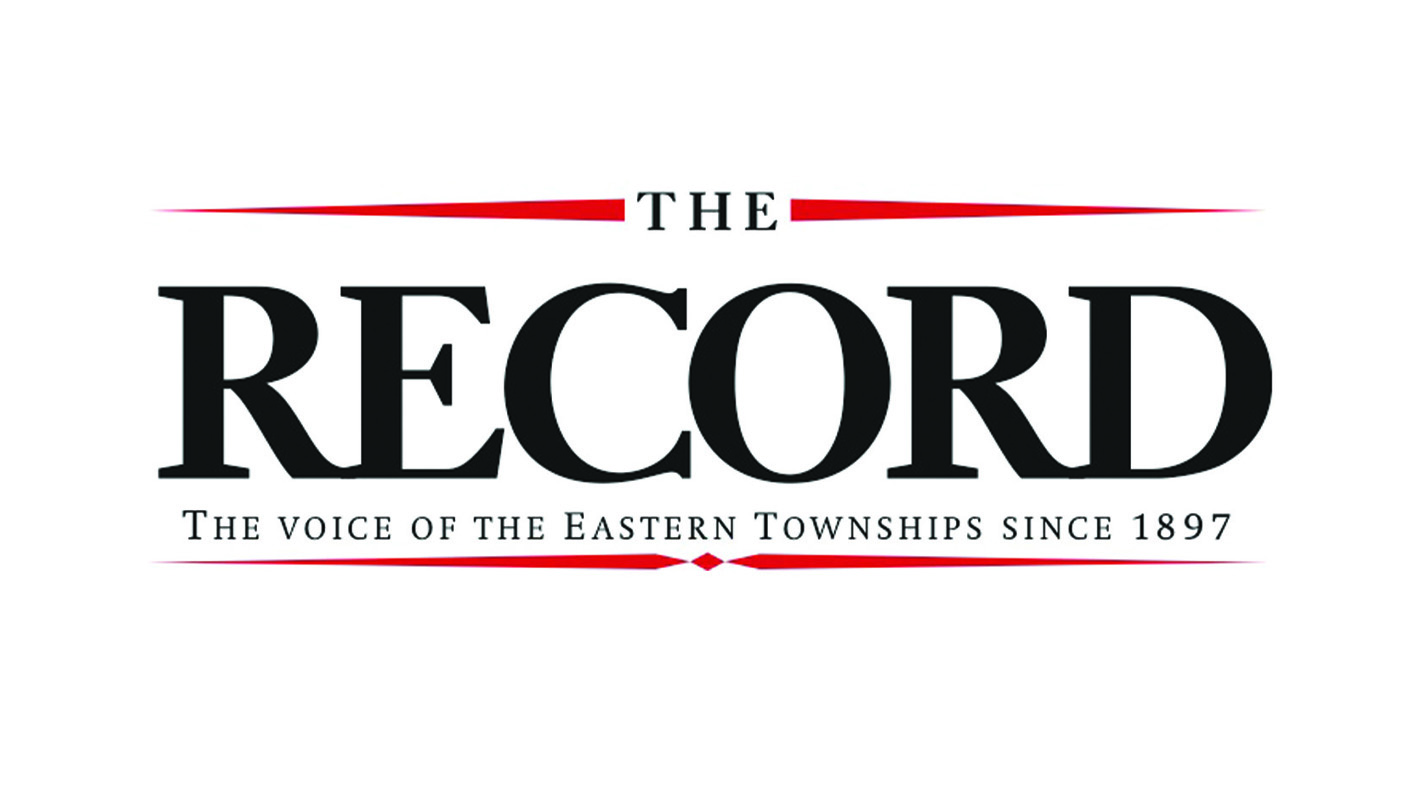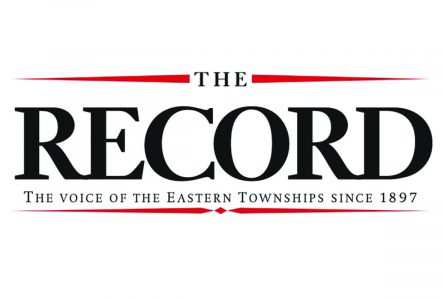Dr. Smith (not a real name) is a radiologist at CIUSSS de l’Estrie-CHUS.
Smith’s first concern is to apologize if the interview is suddenly cut short. Smith is on call.
Smith’s second question is to confirm an anonymous interview is acceptable, because resources may already have been withheld in retaliation for earlier efforts to flag concerns about a pilot project ongoing at the hospital for the past two years.
Dr. Colette Bellavance, director of professional services confirms that CIUSSS de l’Estrie-CHUS is one of five regions participating in a pilot project called CRDSi, short for Centres de répartition des demandes de services en imagerie médicale, or medical imaging referral centers. Specifically, the CRDSi is being used to order CT scans, MRIs, general ultrasound, and breast ultrasounds.
Smith says problems with the CRDSi forms were immediately evident on the ground, because the forms were not conceived for use in a hospital setting. They were designed for general practitioners prescribing imaging without consultation, not for specialists, pediatric care or emergency care.
Specific issues with the form included obligatory fields that the doctor had to check in order to advance to desired fields, leading to false data entry. Or, options being too narrow for hospital setting. Or, needed options that are hidden until the doctor clicks down the right path, like choosing the wrong option in a phone directory.
Smith says the specific issues are one concern, but more generally the effect has been to disrupt and distort the channel of communication between clinician and radiology, radiology and clinician. This has had a negative effect on prioritisation of cases and maintaining the prescribed calendar of care. The radiology department has had to work much harder, often playing detective, to maintain the level of care, in Smith’s judgement.
Bellavance says the radiologists’ concerns are valid, and that the administration as well as the committee governing the pilot project has endeavoured to incorporate their feedback and address their concerns. “The expert committee is comprised of many experts from different regions, including from the Quebec association of radiologists (ARQ),” Bellavance notes. “It is a well-structured approach, and the risk assessment, since we are talking about assessing risks, is not necessarily shared unanimously across all experts.”





